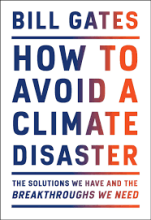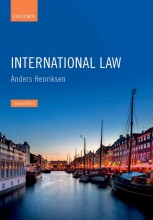Summary: The Usborne Geography Encyclopedia
- This + 400k other summaries
- A unique study and practice tool
- Never study anything twice again
- Get the grades you hope for
- 100% sure, 100% understanding
Read the summary and the most important questions on The Usborne Geography encyclopedia
-
1 Planet Earth
-
1.1 Our Solar System
This is a preview. There are 5 more flashcards available for chapter 1.1
Show more cards here -
What is a planet?
It's a large object thatorbits a star. -
What is a star?
It's a huge ball of hot gas which give heat and light. -
How far is our closest star and what's is name?
The sun is 146 million km away -
How long does it takes sunlight to travel to the earth
8 minutes. -
What are the movements of a planet?
It spins around on its axes and itorbits a star. -
1.2 The Earth
This is a preview. There are 2 more flashcards available for chapter 1.2
Show more cards here -
What elements are all just right for earth to be the way it is?
- Is has the right gasses and to enable living plants an animals to breathe
- It's warm enough for water to exist as liquid
- There is just enough light and heat for life to live
-
What is special about our moon?
It'sunusually big. Its about 25% as big as the earth. -
How come gravity causes the sea level to rise and fall?
The pulling gravity from the moon pulls the water in the oceans to its side. -
1.3 The Seasons
This is a preview. There are 2 more flashcards available for chapter 1.3
Show more cards here -
How comes its hotter on one hemisphere than on the other?
The earth's axis is tilted, so one part is closer to the sun than the other. The one closest to the sun is the warmest (spring/summer). -
Why is it hotter around the equator than on other parts of the earth?
Around the equator, the sun's rays hit the earth full on. South and north of the equator, the sun's rays hit the earth in an angle, spreading the energy of the rays.
- Higher grades + faster learning
- Never study anything twice
- 100% sure, 100% understanding

































